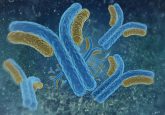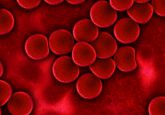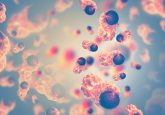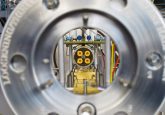Mass spectrometry imaging for cancer tissue analysis
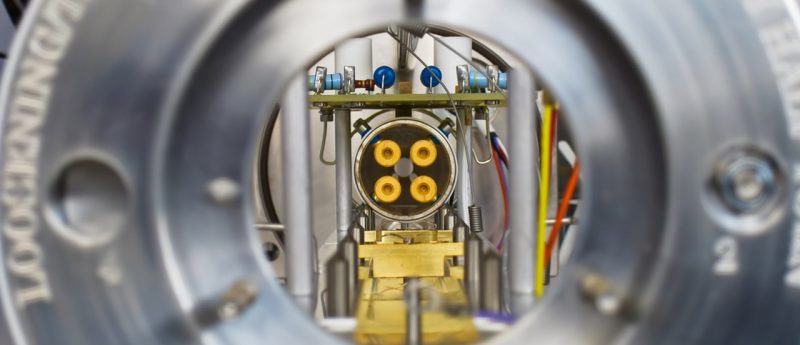
Researchers at Imperial College London (London, UK) have published an article in Proceedings of the National Academy of Sciences outlining a strategy for histology-driven mass spectrometry imaging (MSI) to detect cancer. Desorption electrospray ionization was used to enhance the biochemical distinction between different tissue types, allowing the technique to provide detailed information concerning the type and sub-type of cancer in only a few hours. At present, standard histological tests require considerable expertise to interpret and it can take weeks to obtain full results.
The team investigated region-specific lipid signatures in colorectal cancer tissue using the proposed workflow. Although the idea of using MSI to identify tissue types is not new, this is believed to be the first method that applies the technology to a tissue and allows the chemical components distributed in the sample to be revealed. Zoltan Takats, from the Department of Surgery and Cancer at Imperial College London, stated, “This technology can change the fundamental paradigm of histology. Instead of defining tissue types by their structure, we can define them by their chemical composition. This method is independent of the user – it is based on numerical data, rather than a specialist’s eyes – and it can tell you much more in one test than histology can show in many tests.”
Jeremy Nicholson, co-author of the study and head of the Department of Surgery and Cancer at Imperial College London, commented, “Multivariate chemical imaging that can sense abnormal tissue chemistry in one clean sweep offers a transformative opportunity in terms of diagnostic range, speed and cost, which is likely to impact on future pathology services and to improve patient safety.”
The researchers hope their findings will facilitate the compilation of a large-scale tissue morphology-specific MSI spectral database, with which future fully automated histological approaches can be pursued. In addition to its diagnostic potential, the technique may help new cancer biomarkers to be identified, and it will also be useful in drug development for the detection of drugs and their metabolites without the use of radioactive labels.
Sources: Veselkov KA, Mirnezami R, Strittmatter N et al. Chemo-informatic strategy for imaging mass spectrometry-based hyperspectral profiling of lipid signatures in colorectal cancer. Proc. Natl. Acad. Sci. USA doi: 10.1073/pnas.1310524111 (Epub ahead of print) (2014); Chemical imaging brings cancer tissue analysis into the digital age.


